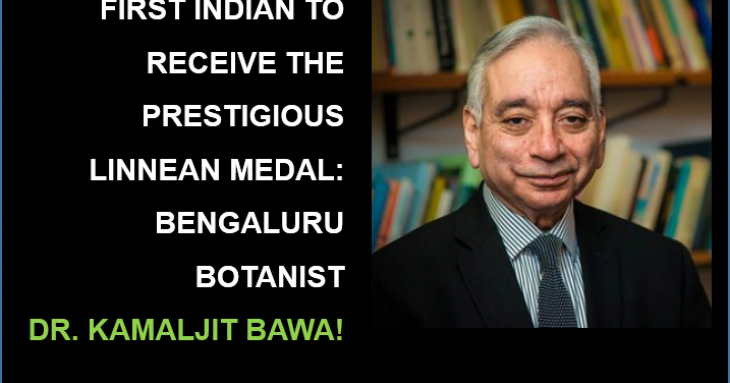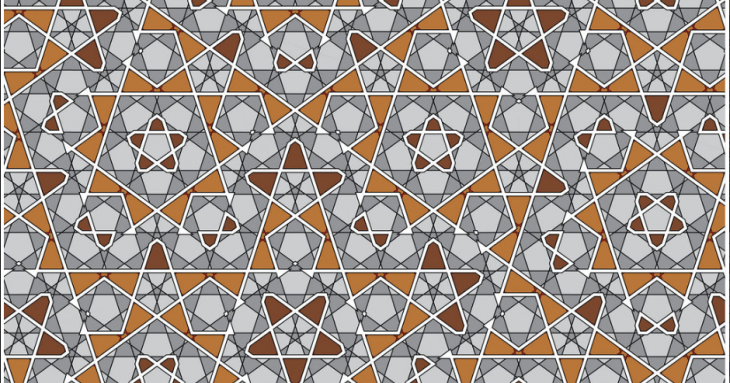-
Scientists try to demystify Science in Kannada
The objective is to take Science to those students who have only studied in Kannada medium.
-
Speak your tongue
Mandram, a new platform by three like-minded people across Bengaluru and Hyderabad, hosts a series of talks on science in Kannada and Tamil this Saturday
-
Open Savannahs Versus Wooded Thickets – What's the Future for Pune's Hills?
Located in the midst of a rapidly expanding city, these spaces serve as important and accessible getaways for regular walkers, joggers and nature enthusiasts.
-
Connecting forest corridors to save tigers
Tigers are now an endangered species on the International Union for Conservation of Nature (IUCN) Red List.
-
Dutch Health Minister visits the Bangalore Life Sciences Cluster on a Collaborative Health Mission
The Honourable Dutch Health Minister, Mr. Bruno Bruins, accompanied by a delegation of nearly eight other health officials visited the Bangalore Life Sciences Cluster (BLiSc) on May 25th, 2018.
-
Dr. Kamaljit Bawa awarded the Linnean Medal
The Bangalore Life Sciences Cluster (BLiSc) congratulates Kamaljit Bawa on being awarded the Linnean Medal for 2018!
The Linnean Medal is awarded every year by the Linnean Society of London to biologists as an expression of the Society’s esteem and appreciation of the awardees’ service to science.
-
Defining the brain mosaic in fruit flies and humans
Similar to a mosaic floor where different patterned tiles come together to make a composite and holistic image, our brains too consist of billions of unique neurons that finally connect together and generate coordinated brain activity. Unlike the mosaic floor, however, which is static, our brains are dynamic and activity in the brain changes based on environmental cues. So, what makes up the mosaic of our brain? Or, in other words, how are individual neurons different from each other?
-
Small part of cellular protein that helps form long-term memories also drives neurodegeneration
Scientists have just discovered that a small region of a cellular protein that helps long-term memories form also drives the neurodegeneration seen in Amyotrophic Lateral Sclerosis (ALS). This small part of the Ataxin-2 protein thus works for good and for bad.
-
Congratulations to Prof. L S Shashidhara on being elected an EMBO Associate Member
On 14 May 2018, Professor L S Shashidhara of IISER Pune was elected an EMBO Associate Member, joining the league of 61 other outstanding life scientists that were elected to its membership this year. Prof. Shashidhara is also a member of the Management Board at NCBS, Bangalore.
















